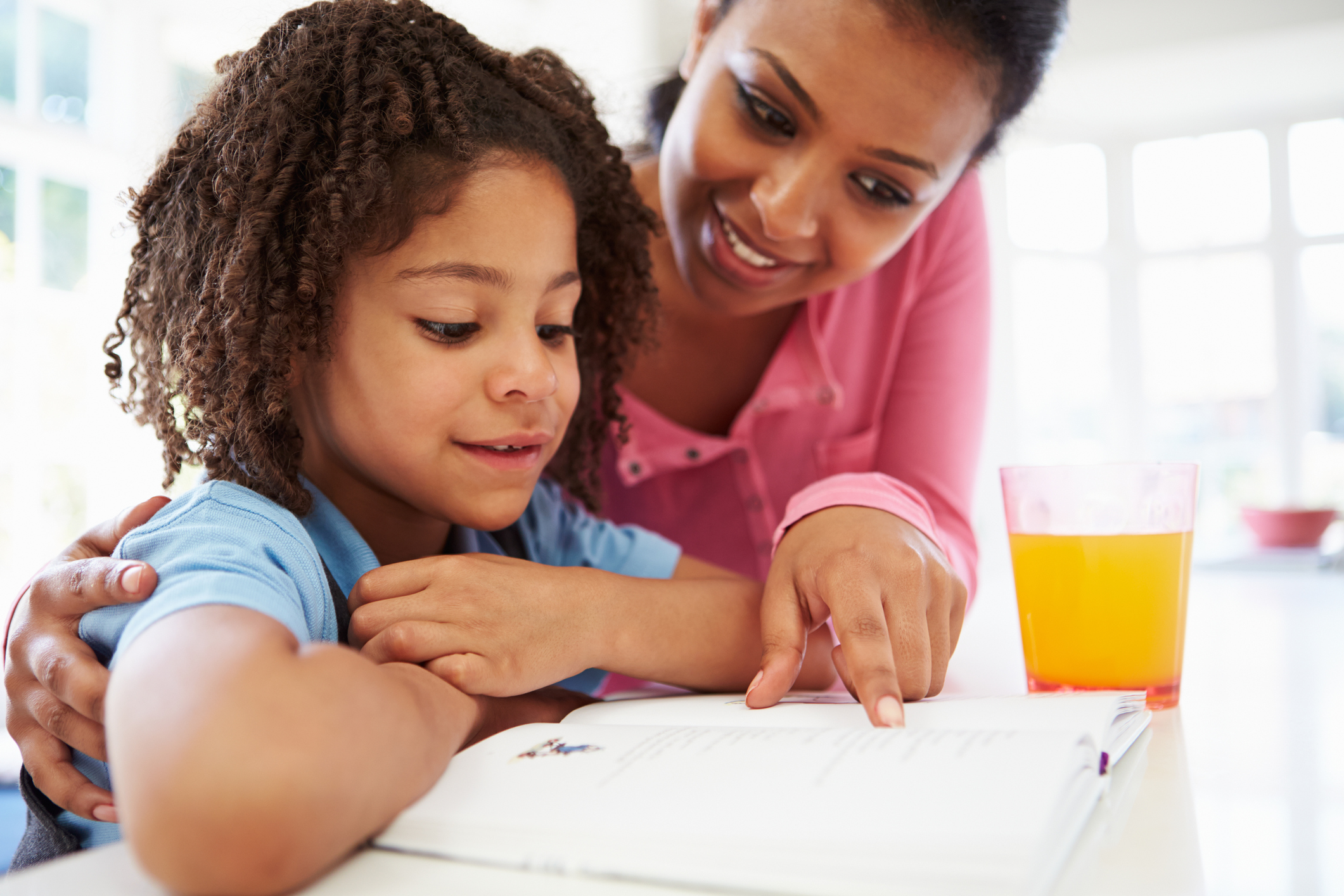
Homeschoolers are often proficient readers, simply because of the one on one attention and wealth of resources. There are a few common errors made by homeschool parents when it comes to reading; these are easily corrected in most cases. High expectations, or pushing for too much, too soon can make a child that is progressing beautifully feel like they are not “getting it” quickly enough, despite their promising progress.
Trying to adhere to a strict school schedule can also cause your child to avoid reading; it could also hinder their progress. The beauty of homeschooling is that you can teach your child on the schedule and system that works best for them and foster a love of reading that will last a lifetime.
Too Much, Too Soon
For many parents, homeschooling is a way to feed the needs of a child who loves to learn, and by teaching reading early, they feel they can give their child a good head start. While early reading does happen naturally for some kids, pushing for too much, too soon can backfire.
One of the best things about homeschooling is the ability to work at a pace that is right for your child and to incorporate play, critical thinking and other early learning elements into your day. A child that is struggling may have an actual issue – or may simply not be ready to read just yet.
Homeschool styles vary, but focusing on content in which your child is interested and fostering a love of reading by using picture books, stories and reading aloud together can help him learn habits that will serve him well in the future.
Following a School Schedule – Outside of School
Some kids need a fixed routine, but trying to mimic a school schedule at home may not work when it comes to reading. A typical lesson may take up to an hour in school, since there are 20 or more kids in the average classroom. Stretch your reading lessons out for that long and you could have a mutiny on your hands.
Instead of planning your day around what a class full of children does, plan around your own schedule and preferences. If everyone is up early, placing reading at the start of the day and taking the time needed to complete the lesson you’ve chosen is enough.
Some kids will finish a single lesson in a few minutes, while others may need a little longer, but cramming too much into each day could backfire and even impact how much your child enjoys reading. Choosing a curriculum and pacing it to match your child’s needs, makes it easy for her to learn to read – and to love reading, too.
Missing the Signs of a Reading Problem
Some kids just read a little later than others – but some do struggle with attention disorders, eye control, dyslexia and other conditions that can make it more difficult to become a fluent reader and later, a proficient writer. A teacher who has been in the elementary classroom for a few years sees hundreds of kids and can usually spot the signs of trouble early.
If you are homeschooling and teaching your child for the first time, it is easy to think that slow progress is your fault, or the way reading works for homeschooled kids. While you don’t want to push or rush, you should be aware of stalled progress and take steps to research potential issues.
Using the Same System for Each Child
The system or curriculum that worked for your oldest may be perfect for the next in line, or they could struggle with it. Each child learns differently, even in the same family; by exploring different methods and using supportive technology or devices as needed, you can ensure each kid gets the same love of reading, even if they get there in a slightly different way.
Learning more about some of the common roadblocks experienced by homeschoolers when it comes to reading can help you create a program that resonates with your child – and you may need different supports and approaches for each child in your family. One of the great joys of teaching is watching your child master reading, and knowing you’ve given them a skill that will last a lifetime.
